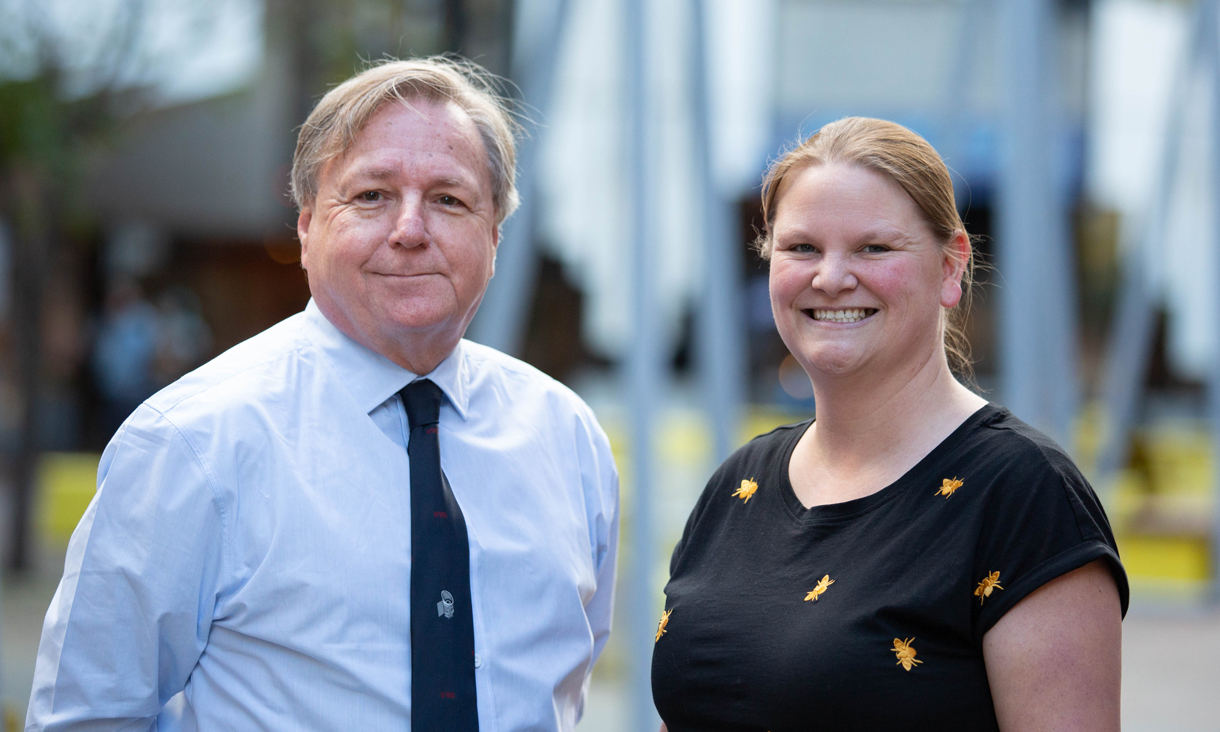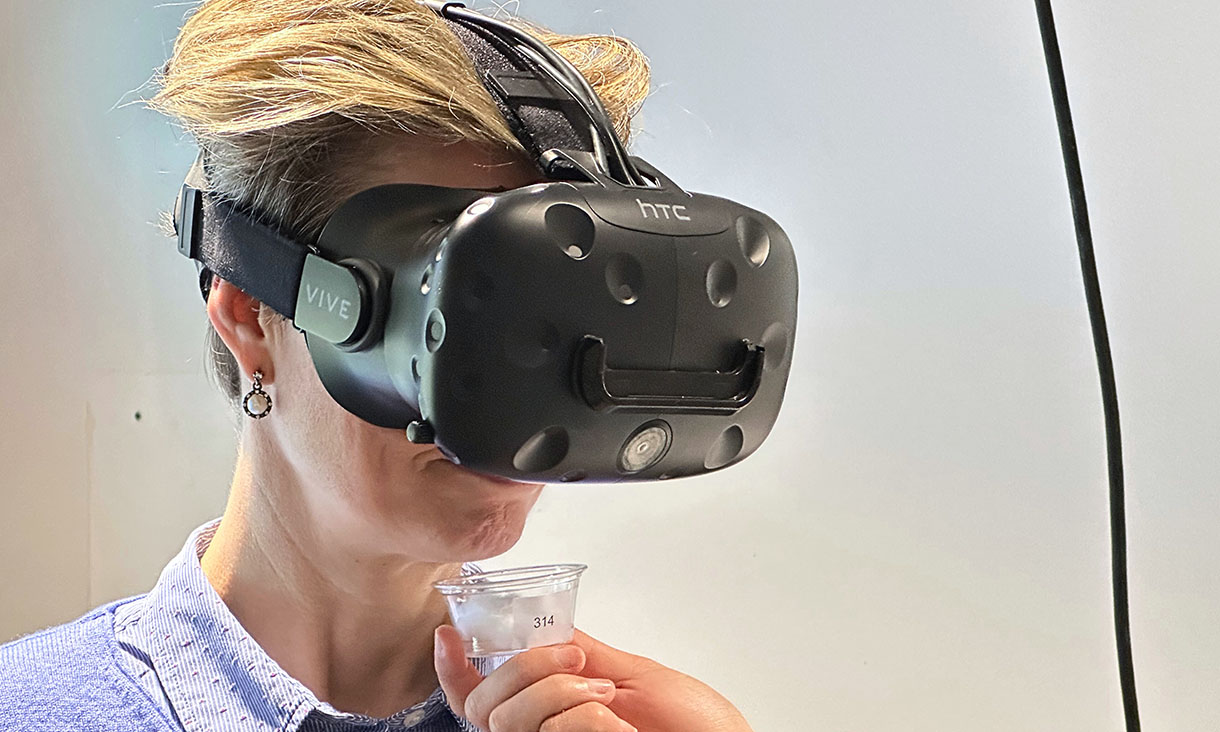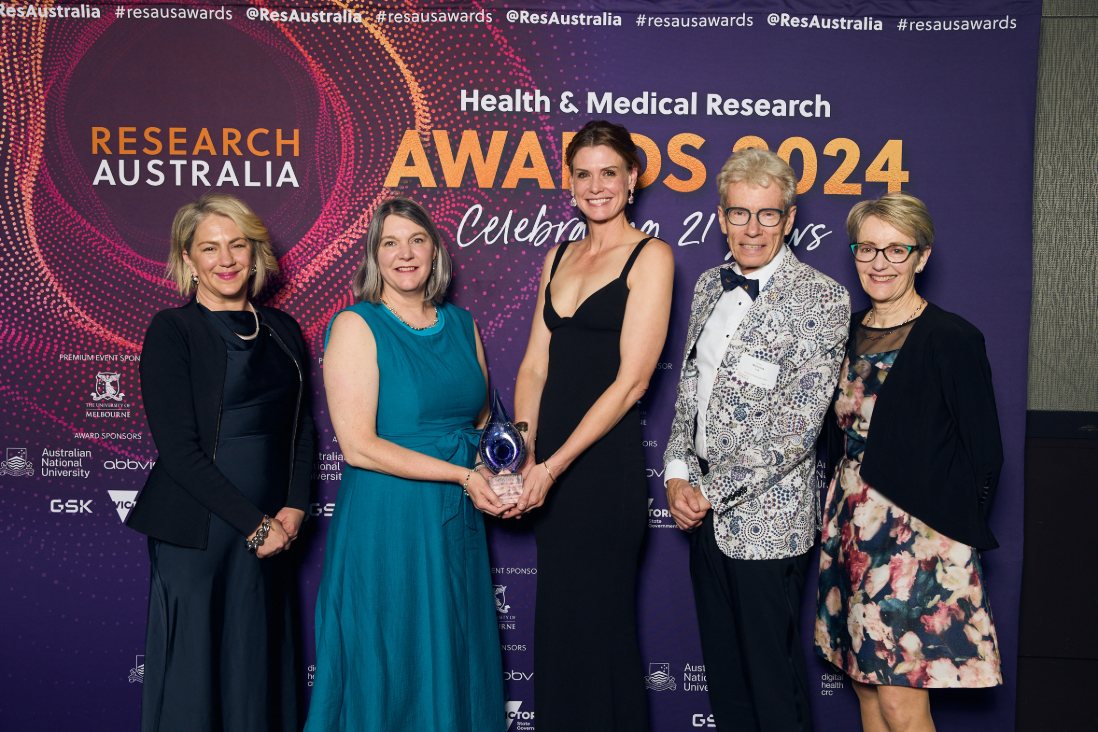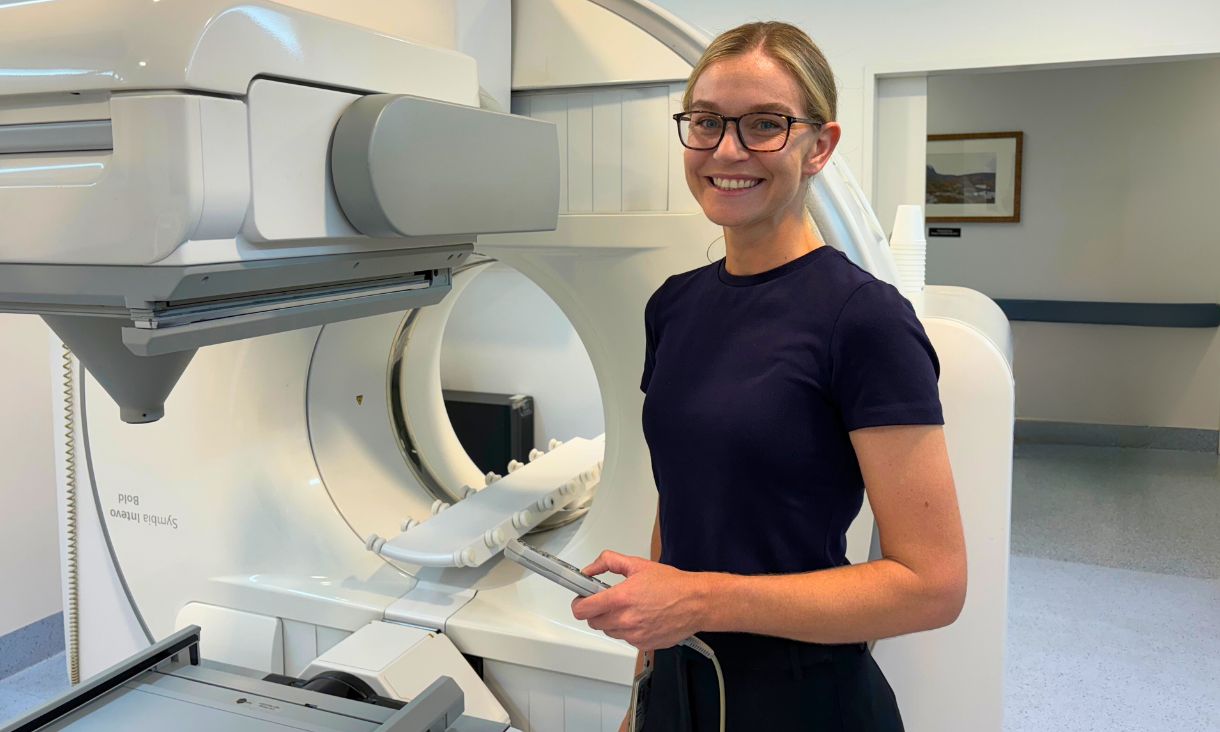Confinement may affect how we smell and feel about food
New research from RMIT University found confined and isolating environments changed the way people smelled and responded emotionally to certain food aromas.
New partnership with Cisco and Grampians Health to upskill healthcare sector
RMIT’s Health Transformation Lab and College of Vocational Education are piloting a program to rapidly upskill front-line staff, broader health workforce and IT professionals in the healthcare sector to meet the industry’s emerging skills needs.
Aged care digital health tool recognised again on national stage
Australia’s first electronic screening and risk prediction tool for deterioration in aged care residents has won another national prize for its positive impact on health and safety.
RMIT responds to critical skills shortage to support early cancer diagnosis in Queensland
RMIT University will offer Queensland’s first nuclear medicine degree, addressing critical workforce shortages and shoring up cancer services across the state.






